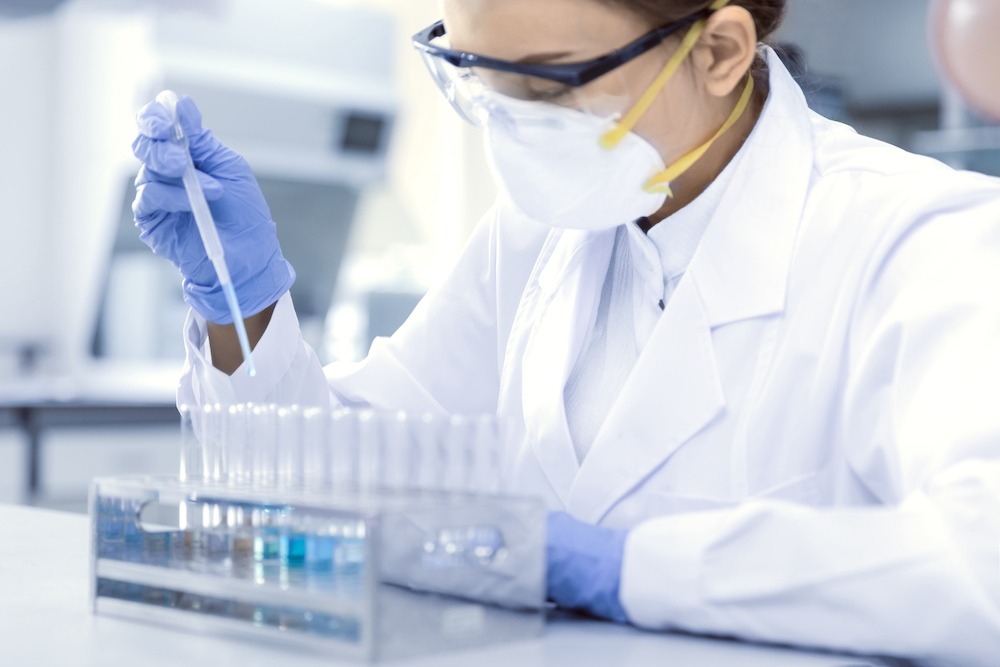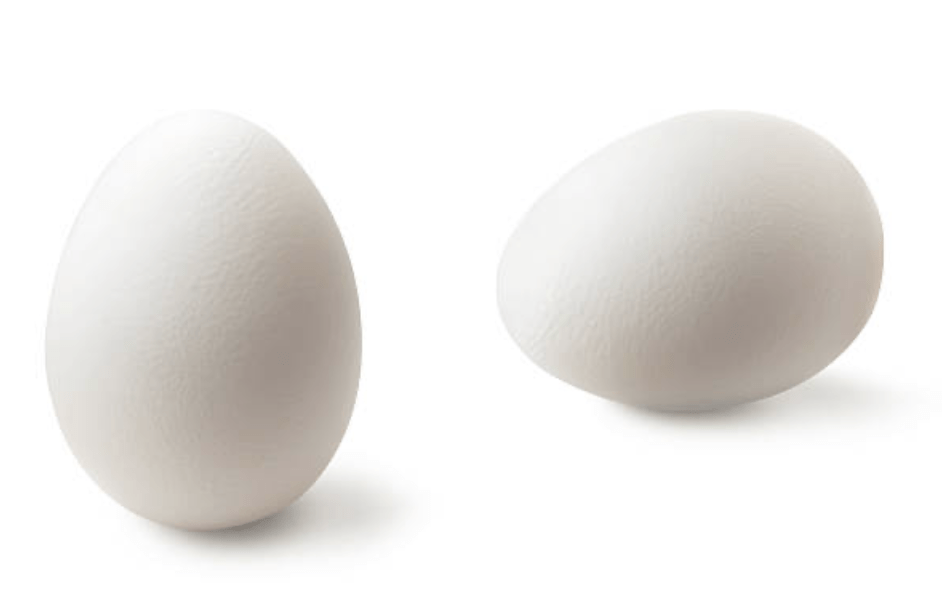The Problem
In egg based vaccine production, the most significant contaminants are bacteria.
Bacterial contamination of eggs is caused by both the unique anatomy of the avian species, and the porosity of the shell. The pores of the egg shell are particularly vulnerable to bacterial ingress during laying and for approximately 5 minutes after the egg is laid whilst the outer shell cuticle dries. Additionally, the reproductive tract merges with the digestive tract (in the cloaca) with a single point of exit from the hen for eggs and faecal matter. This results in the porous egg coming into contact with the chicken’s faeces prior to being laid and consequent contamination of the fertilised egg within the shell. As a result bacteria are inevitably present on the surface of all SPF and clean eggs, which then leaches through in variable proportions within the egg.


The Solution
Ovagen has developed a process to address this anatomical problem of egg contamination with a specialised patented, innovative and disruptive technology which combines the Directors’ extensive experience of Germ Free technologies and a wealth of veterinary, scientific and research expertise. The process is complex, requiring many multi-layered, intractable steps to be overcome during the 7+ years R&D to Proof of Concept.
Furthermore, the virus yield of H1N1 human influenza virus is two-fold higher in germ free eggs than SPF eggs. This higher virus yield is associated with two/three-fold lower interferon β levels. Interferons are proteins made and released by host cells in response to the presence of pathogens (viruses and bacteria) and are antiviral agents, inhibiting viruses. Vaccine production from eggs is dependent on growing viruses within the egg, a higher virus/vaccine yield from Germ Free eggs, resulting from reduced interferon, will further the commercial attractiveness of Germ Free eggs for vaccine manufacture, as vaccine yield per egg will be increased.
